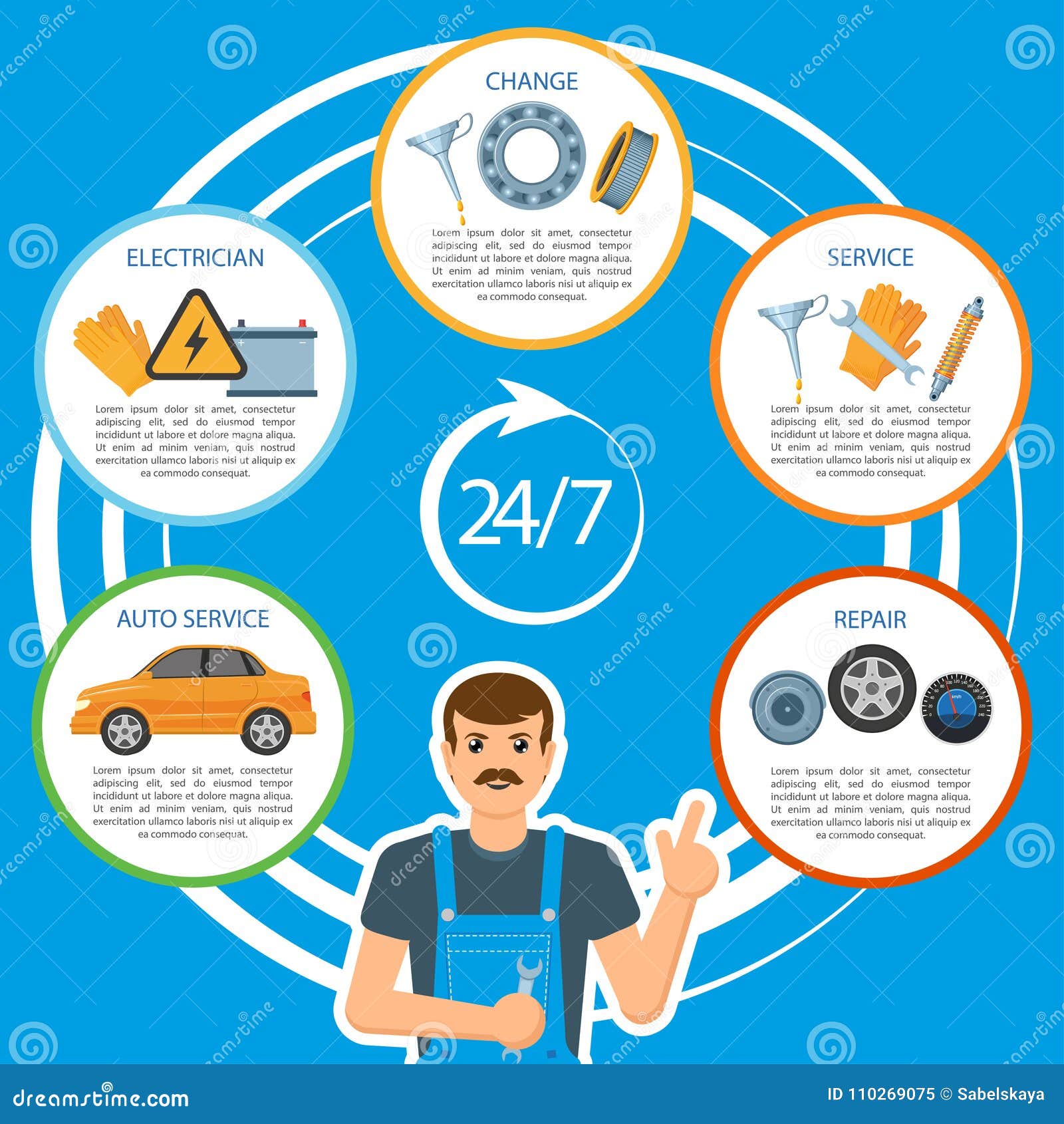Understanding The Definition Behind Your Car'S Warning Lighting: A Comprehensive Look
Understanding The Definition Behind Your Car'S Warning Lighting: A Comprehensive Look
Blog Article
Write-Up Created By-Vinson Shepherd
When you're behind the wheel, those beautiful caution lights on your control panel can be a little bit complicated. Do you recognize what they're trying to inform you concerning your automobile's health? Comprehending the value of these lights is essential for your security and the long life of your automobile. So, the following time one of those lights pops up, would not you want to understand its message accurately and take the required actions to resolve it?
Common Caution Lights and Interpretations
Determine usual warning lights in your vehicle and recognize their meanings to ensure secure driving.
One of the most regular warning lights include the check engine light, which indicates concerns with the engine or exhausts system. If https://www.marketwatch.com/picks/guides/finance/hyundai-warranty/ begins, it's essential to have your car inspected without delay.
The oil stress advising light indicates low oil stress, needing instant focus to stop engine damage.
A flashing battery light may suggest a damaged charging system, possibly leaving you stranded if not attended to.
The tire stress surveillance system (TPMS) light informs you to low tire stress, affecting vehicle stability and gas efficiency. Ignoring this can bring about dangerous driving problems.
The abdominal muscle light indicates a trouble with the anti-lock stopping system, compromising your ability to quit quickly in emergencies.
Lastly, the coolant temperature level cautioning light warns of engine overheating, which can lead to serious damage if not fixed promptly.
Comprehending these common caution lights will help you address concerns quickly and keep safe driving conditions.
Relevance of Prompt Attention
Comprehending the common warning lights in your car is just the initial step; the significance of quickly addressing these warnings can not be highlighted enough to ensure your safety and security when traveling.
When a warning light brightens on your dashboard, it's your auto's method of communicating a possible concern that requires interest. Ignoring these cautions can bring about more extreme problems later on, endangering your safety and potentially costing you a lot more out of commission.
Prompt focus to advising lights can avoid break downs and mishaps. As an example, a flashing check engine light might suggest a misfire that, if left unattended, can create damages to the catalytic converter. Resolving this quickly can conserve you from an expensive repair service.
In a similar way, a brake system alerting light could signal low brake fluid or worn brake pads, important elements for your safety and security when driving.
Do It Yourself Troubleshooting Tips
If you observe a warning light on your control panel, there are a couple of DIY troubleshooting ideas you can attempt prior to looking for specialist assistance.
The very first step is to consult your auto's manual to understand what the certain warning light suggests. In https://trentongzskc.wizzardsblog.com/32072457/mobile-vehicle-detailing-enhancing-your-automobile-s-look-on-the-go can be as easy as a loosened gas cap setting off the check engine light. Tightening up https://airliftperformancekits51628.bloggosite.com/38852847/mobile-cars-and-truck-detailing-comfort-meets-top-quality-for-your-car may resolve the issue.
https://drivers-class-near-me40627.loginblogin.com/39178560/how-can-mobile-cars-and-truck-detailing-transform-your-lorry-treatment-experience-while-making-certain-top-quality-discover-the-vital-aspects-to-consider-prior-to-choosing-a-detailer is a low battery, which can activate various warning lights. Examining the battery links for rust and ensuring they're secure could take care of the problem.
If a warning light continues, you can attempt resetting it by separating the auto's battery for a few minutes and after that reconnecting it. Furthermore, inspecting your car's fluid degrees, such as oil, coolant, and brake fluid, can assist troubleshoot cautioning lights associated with these systems.
Final thought
In conclusion, recognizing your vehicle's warning lights is necessary for maintaining your vehicle running smoothly and safely. By promptly resolving these notifies and knowing what they indicate, you can prevent pricey repairs and prospective breakdowns.
Remember to consult your automobile's handbook for specific details on each warning light and act accordingly to guarantee a hassle-free driving experience.
Remain notified, stay safe when traveling!
